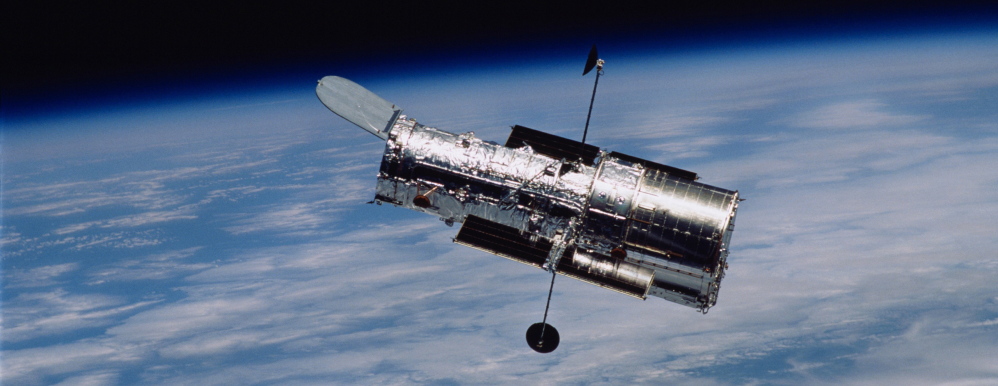“Lensing” galaxies are so huge that they act like magnifying glasses for the space behind them. Their gravity can bend and distort light from smaller galaxies further beyond.
Now, scientists using NASA’s Hubble Space Telescope have unexpectedly found the most distant lensing galaxy to date. Its light has taken 9.6 billion years to reach us (200 million light years closer than the previous record holder), and the object it’s magnifying – a tiny spiral galaxy that we can now see undergoing a surge of star formation – is 10.7 billion light years away.
Kenneth Wong, one of the researchers to announce the discovery, said in a NASA press release that these cosmic magnifiers aren’t all that rare. But to find them outside of our stellar backyard is a special treat.
“There are hundreds of lens galaxies that we know about, but almost all of them are relatively nearby, in cosmic terms,” said Wong, first author on the team’s science paper. “To find a lens as far away as this one is a very special discovery because we can learn about the dark-matter content of galaxies in the distant past. By comparing our analysis of this lens galaxy to the more nearby lenses, we can start to understand how that dark-matter content has evolved over time.”
Dark matter, which can’t be seen, makes up most of the universe’s mass.
The lens galaxy has presumably spent the past 9 billion years bulking up on dark matter as it grew up, and today it probably looks a lot like the massive galaxies we find closer to home. But because it’s so far away, the image we see of it provides a fascinating lens into the past.
Send questions/comments to the editors.



Success. Please wait for the page to reload. If the page does not reload within 5 seconds, please refresh the page.
Enter your email and password to access comments.
Hi, to comment on stories you must . This profile is in addition to your subscription and website login.
Already have a commenting profile? .
Invalid username/password.
Please check your email to confirm and complete your registration.
Only subscribers are eligible to post comments. Please subscribe or login first for digital access. Here’s why.
Use the form below to reset your password. When you've submitted your account email, we will send an email with a reset code.